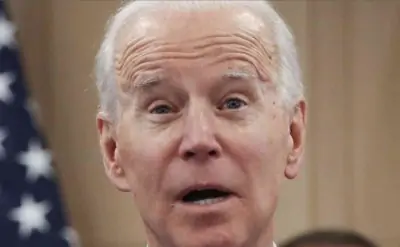Stagflation is high inflation with weakness in the job market (inadequate productivity) that is toxic to the economy and punishes consumers. Most of this was self-induced. Democrats paid people to stay home during a supply chain crisis and while Biden brags about creating 8 million jobs, we lost 10 million in the pandemic. At the same time, he promoted lockdowns and firings, he is destroying the energy sector.

For decades, most economists long assumed that inflation would run high only when the economy was strong and unemployment low.
Economists, comparing it to the Carter era, see it as a longer-term threat. But it could easily come sooner at the rate Biden is going.
What makes this different from the Carter era is the explosion of US debt with Biden spending trillions on socialist welfare and other programs.
Another difference is China. China gets dominance in trade thanks to Bidenomics.
Instead of investing in infrastructure, future productivity and paying off debt, Biden’s putting future prosperity in debt for a short-term boost. He spent trillions allegedly for COVID but ended up spending it on socialist projects.
Chronic underinvestment in US plant and equipment as well as infrastructure has left American supply chains and transport networks strained. At the same time, Biden’s throwing trillions at his donors and far-left supporters.
The government estimates that the economy shrank at a 1.5% annual rate from January through March, according to ABC. That’s bad – very.
The recovery from the stagflation of the 1970s required steep increases in interest rates by major advanced-economy central banks to quell inflation. That triggered a global recession and a string of financial crises in emerging market and developing economies (EMDEs).
If current stagflationary pressures intensify, EMDEs would likely face severe challenges again because of their less well anchored inflation expectations, elevated financial vulnerabilities, and weakening growth fundamentals.
This makes it urgent for EMDEs to shore up their fiscal and external buffers, strengthen their monetary policy frameworks, and implement reforms to reinvigorate growth, the World Bank reports.




I only see two options in our future. A Massive Conservative Reset or Civil War come January 2023. The People are not going to tolerate a Government Generated Depression under Democrat rule.